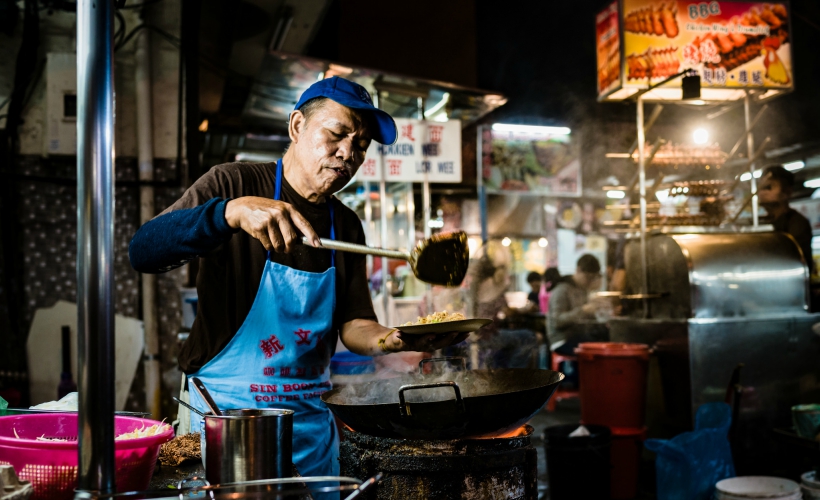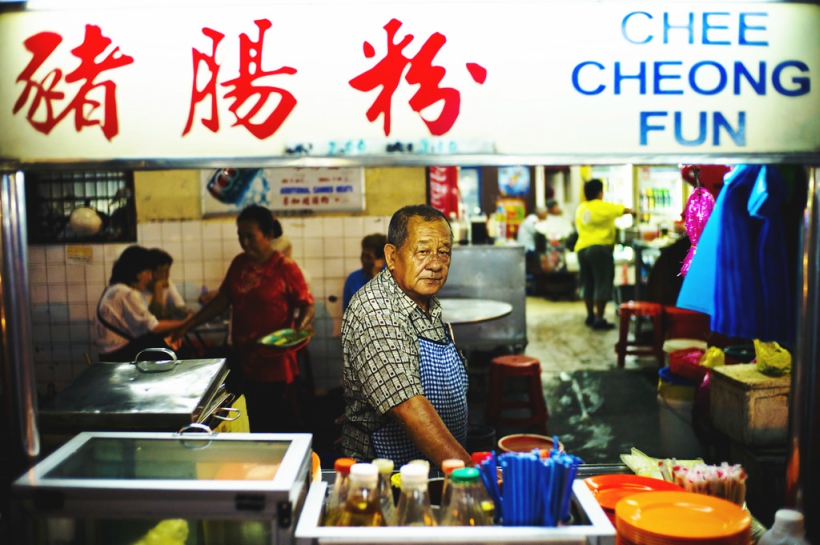
Food is undeniably a representation of a country’s way of life, its people, and its history. When people say you really get to know a country through its cuisine, they’re not joking. From the method of preparation to the type of ingredients used, every little element of a recipe stems from a part of the country itself. Just like how we see more rice-based desserts in Asia but more wheat-based desserts in Europe due to agricultural factors.
While some countries may glorify desserts more than others, they’re all a sweet, sweet means of sharing the essence of a country and its cuisine. These 10 pastries from different parts of the world prove that although we may have our differences, we all agree on our love for a delicious, well-made pastry!
China – Wife biscuit (or sweetheart cake)
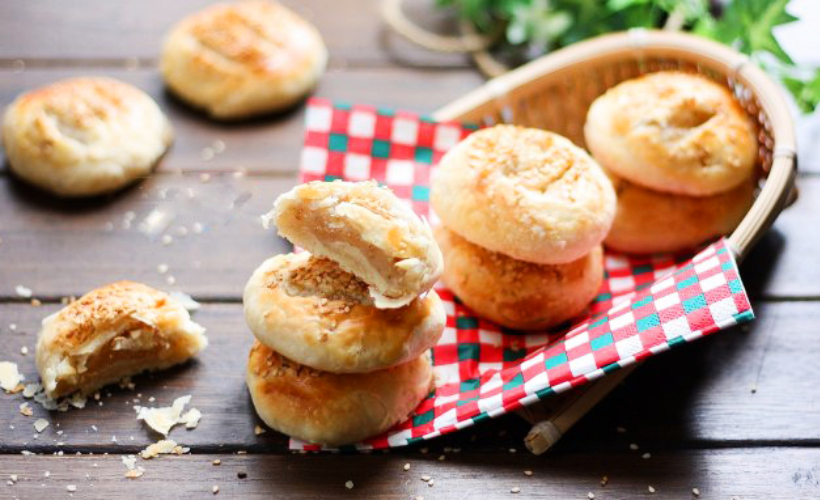
Chinese pastries are worlds apart from most Western ones. They’re usually only mildly sweet, unlike the rich and decadent flavours popular in other countries. Typically, pastries here are made with layer upon layer of expertly-made flaky goodness, while the fillings used are considered unusual dessert-wise for westerners. Expect to find salted egg yolks, preserved meat, and beans of all kinds in your pastries here.
There are more well-known pastries associated with Chinese cuisine, such as mooncakes, but this only makes the wife biscuit more unique. The round, flat biscuit is a perfect example of a traditional Chinese pastry, with thin, flaky layers and a filling made of candied winter melon, white sesame seeds, and glutinous rice flour to bind it all together.
France – Canelé
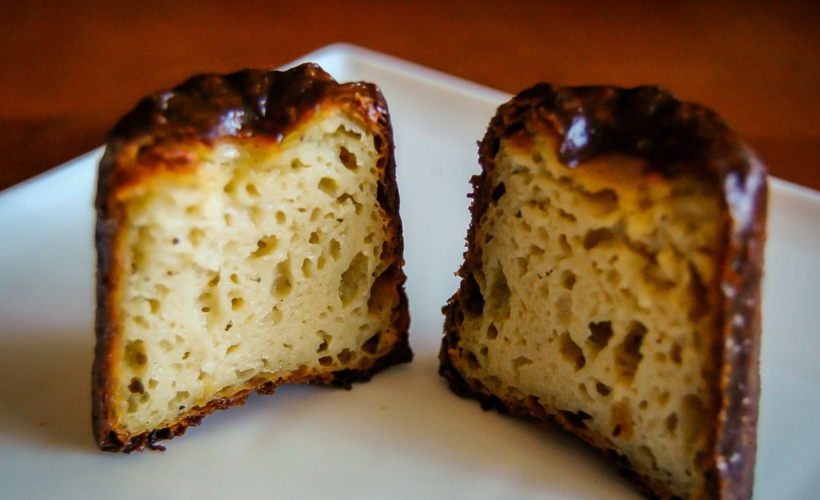
When it comes to desserts and pastries, France easily comes up tops. They’re famous for exquisite éclairs, choux puffs, macarons, and croissants that come in myriad form and packed with flavour. As for the deceivingly plain-looking pastry called the canelé, looks aren’t everything.
The canelé is made from the usual — eggs, milk, flour, butter, and sugar. However, throw in a small amount of rum and good quality vanilla beans, and you’ll have the key components to its distinct flavour.
The most interesting thing about this unique pastry is its texture. Also, the moulds used to bake this treat are very specific, ideally made of copper, and shaped in a fluted cylinder lined with beeswax. One bite into this decadent pastry starts off with a caramelised chewy crust, and as you bite into the centre, a heavenly custard-like texture awaits.
Hong Kong – Egg tart
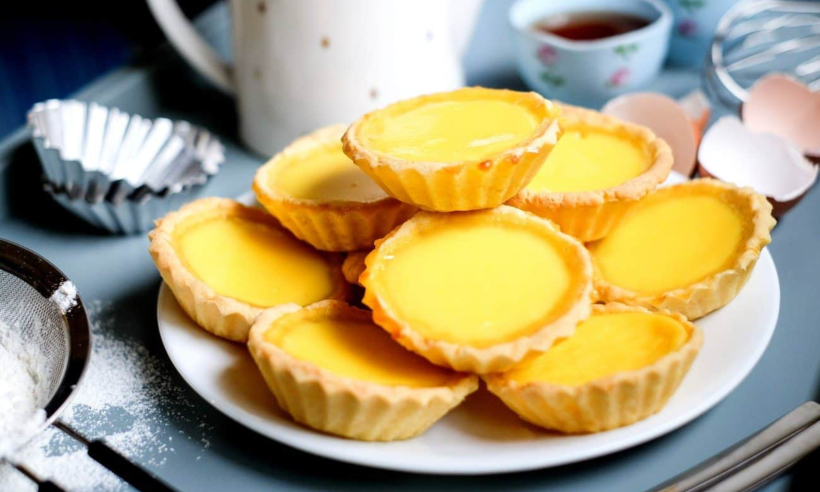
The quintessential dessert pastry of Hong Kong, with the pineapple bun coming in as a close second, would be egg tarts. Not to be confused with Portuguese egg tarts, the Cantonese egg tarts of Hong Kong usually have a crispy, biscuit-like tart shell, while the Portuguese-style tart shell is very flaky, almost akin to a croissant.
The biggest difference, however, is the filling. Hong Kong’s egg tarts have a bright yellow, smooth, glossy top and a slightly denser texture compared to Portuguese ones that have a blackened, caramelised exterior with a creamier filling.
You’ll be able to find both types of egg tarts in Hong Kong. Although, truth be told, for the best Portuguese-style egg tarts, hop on over to Macau, which boasts some of the best around.
Germany – Bee sting cake
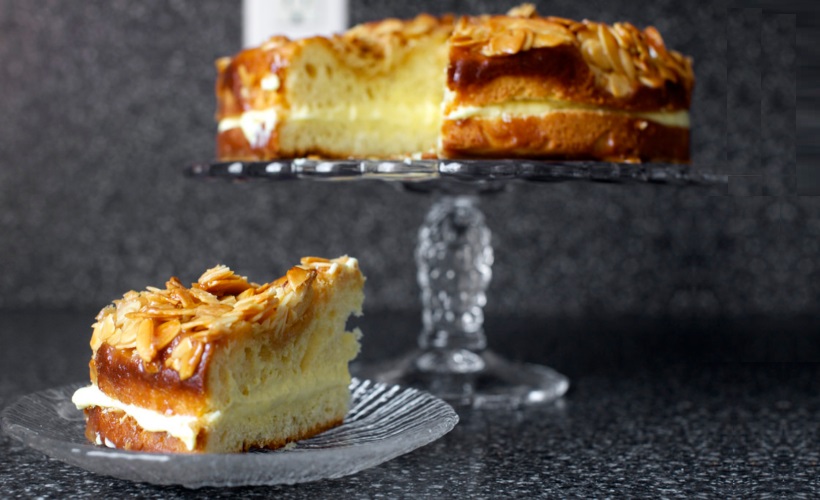
Bee sting cake, or ‘bienenstich’ as the Germans call it, is a popular tea time delight in Germany. It’s a layer of vanilla pastry cream is sandwiched between two layers of fluffy, yeasted cake, and most importantly, finished off with a topping of honeysweet caramelised almonds. Texture-wise, the cake batter of bienenstich isn’t your usual butter-and-sugar base. The yeast in the dough makes for a light and fluffy crumb, slightly different from the typical dense American cake.
Why the name ‘bee sting cake’, one might ask? Well, according to legend, the sweet honey topping attracted a curious bee, causing the baker of the bienenstich to get stung.
Brazil – Brigadeiros
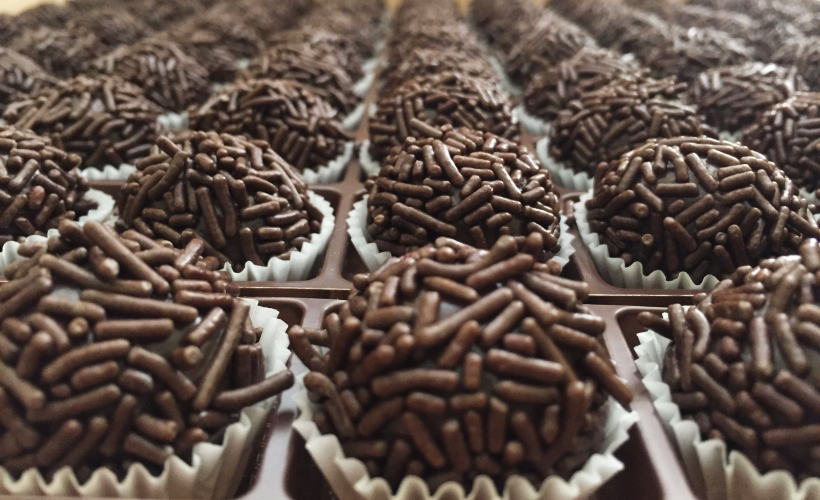
Little balls of fudgy, chocolate heaven rolled in chocolate sprinkles. What could be better? Perhaps the most iconic dessert of Brazil, these sweet truffles are a staple at birthday parties and celebrations.
They’re made from condensed milk, butter, cocoa powder, and chocolate sprinkles. Although the original recipe resembles the one pictured here — fully chocolate — many bakeries have created more adventurous flavours such as strawberry, coconut, and mint.
There’s an interesting political history behind these sweet treats. Shortly after World War II, political and military figure Eduardo Gomes was a candidate for the presidential election. At the time, his military rank was as Brigadier (or Brigadeiro in Portugese), and he had the overwhelming support of women. These women decided to sell candy during their meetings and campaigns, but due to a lack of fresh milk and sugar, condensed milk and butter were used instead.
Australia – Lamingtons
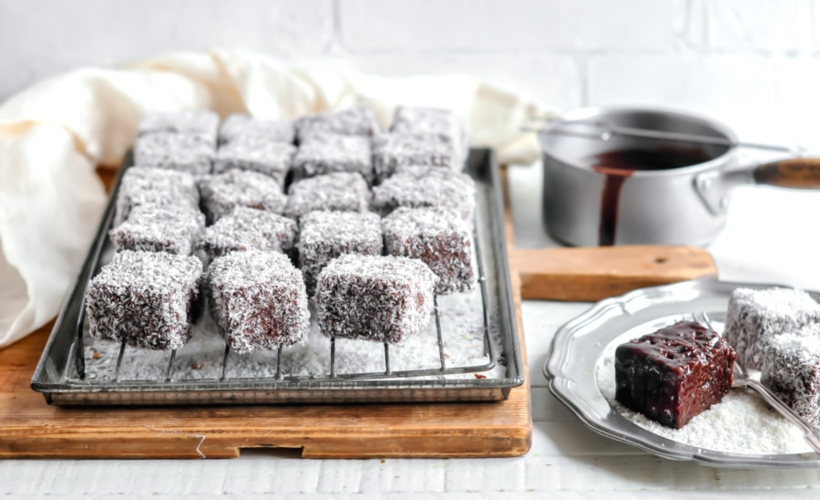
I don’t know about you, but when I think of Australian desserts, lamingtons, vanilla slices, and pavlovas come to mind. Lamingtons are undoubtedly Australian, and the dessert is loved so much that there’s even a holiday celebrating it — National Lamington Day!
Squares of yellow sponge cake are coated in chocolate and subsequently rolled in desiccated coconut. The middle of the lamington may sometimes have cream or jam, which pairs beautifully with the other flavours. Its origin goes something like this – Lord Lamington’s chef was called upon to feed some unexpected guests, and with the limited ingredients he had, the lamington was born!
Turkey/Greece – Baklava
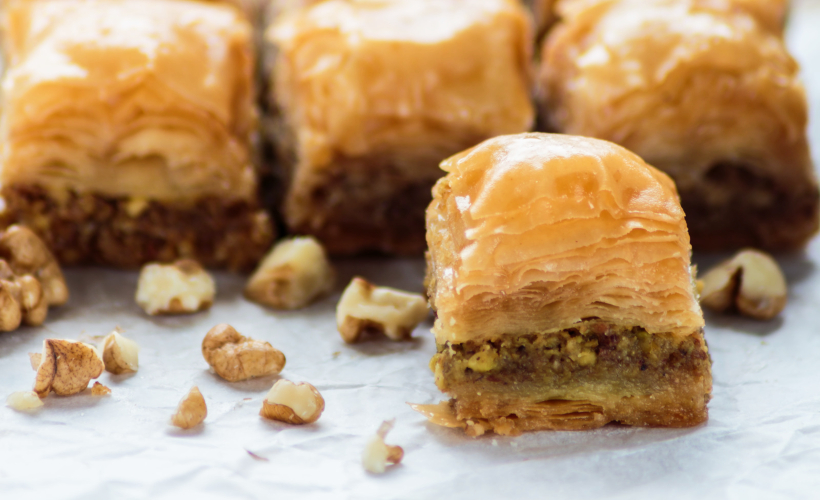
Not an unfamiliar dessert to the rest of the world, baklava is a sweet pastry popular throughout the Levant. It’s made from multiple layers of paper-thin filo pastry, brushed with butter, finely chopped nuts like walnuts and pistachios, and finally drizzled with a sticky honey or syrup to complete the package. Truly a luxurious dessert, there’s none other like it.
The Greeks and Turks still argue over who created the baklava, though its roots originate from the Ottoman Empire. Today, both countries have similar baking methods for the baklava, with just some minor twists of their own. In Turkey, baklava has a crushed pistachio centre and is glazed with syrup and sometimes perfumed with rosewater. Meanwhile in Greece, crushed walnuts take centre stage, while its exterior is coated in honey.
Peru – Picarones
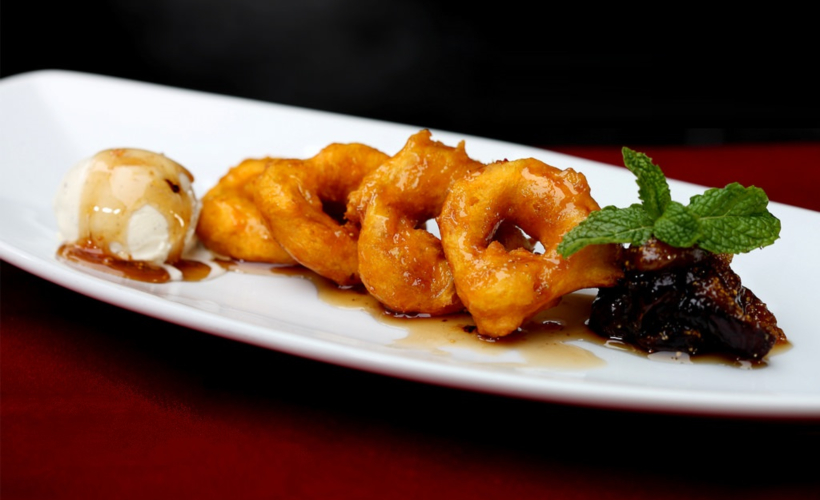
The pride of Peruvians, these deep-fried doughnut-shaped pastries are made from squash and sweet potato, then served with a sweet chancaca syrup made of raw unrefined cane sugar, orange peel, and sometimes spices. Best eaten freshly fried and nearly too hot to touch.
Picarones were created in an attempt to replace another dessert called buñuelos (fried dough balls). Buñuelos were costly to make, so ingredients such as flour, baking powder, salt, and sugar were replaced with squash and sweet potato. Both of which were much more affordable and widely available.
Taiwan – Pineapple cake
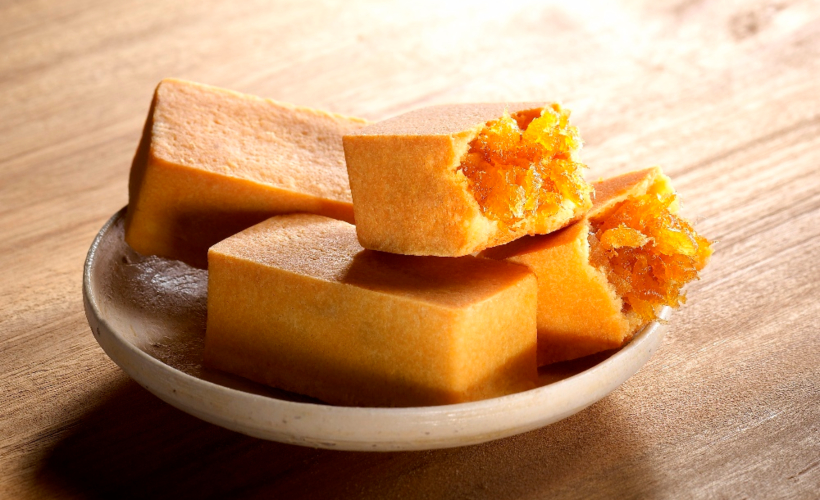
Taiwanese pineapple cakes have become a symbol of the country and a popular souvenir for tourists. You’ll usually find them shaped in neat little cubes, almost too pretty to eat. The outer pastry shell is delightfully crumbly and made from butter, flour, eggs, and sugar, while the fruity filling of pineapple jam plays a starring role. Winter melon is also usually added as part of the filling for a more harmonious blend of flavours and textures, though many might see it as a cheaper substitute.
Needless to say, these flavourful little parcels play a huge role in the country’s tourism, and as expected, the war between which establishment has the best recipe is never-ending. Some pride themselves in their use of 100 per cent authentic pineapple fruit, while others experiment with different of flavour pairings such as salted egg yolk and cranberries.
Japan – Strawberry daifuku
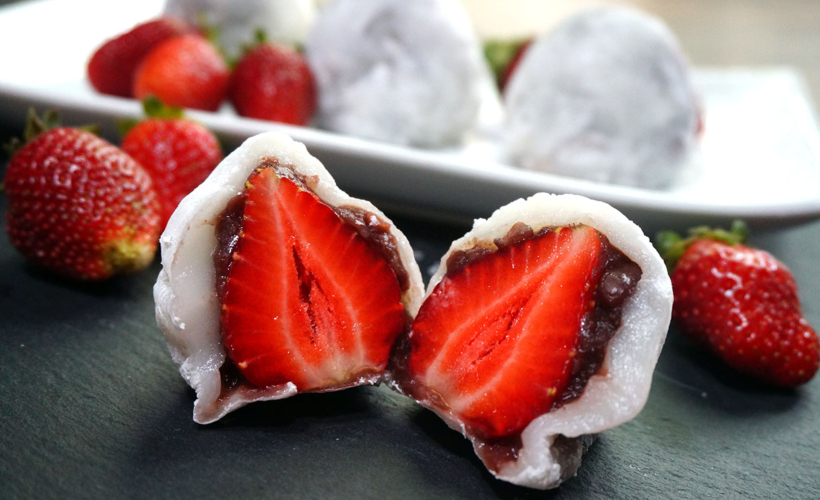
This beautiful masterpiece, as you may or may not have seen all over Pinterest, is a Japanese confection where a whole strawberry is enveloped in red bean paste and then wrapped in mochi skin. Mochi is a popular traditional Japanese creation made from short-grain japonica rice or rice flour. Its texture is incredibly soft, chewy, and sticky, but still malleable enough where it can be used as a component for other desserts, such as the strawberry daifuku.
But strawberry daifuku isn’t the only thing you’ll find wrapped in mochi in Japan. More traditional variants are filled with just red bean paste, proving that simplicity is best and not to be overlooked.

